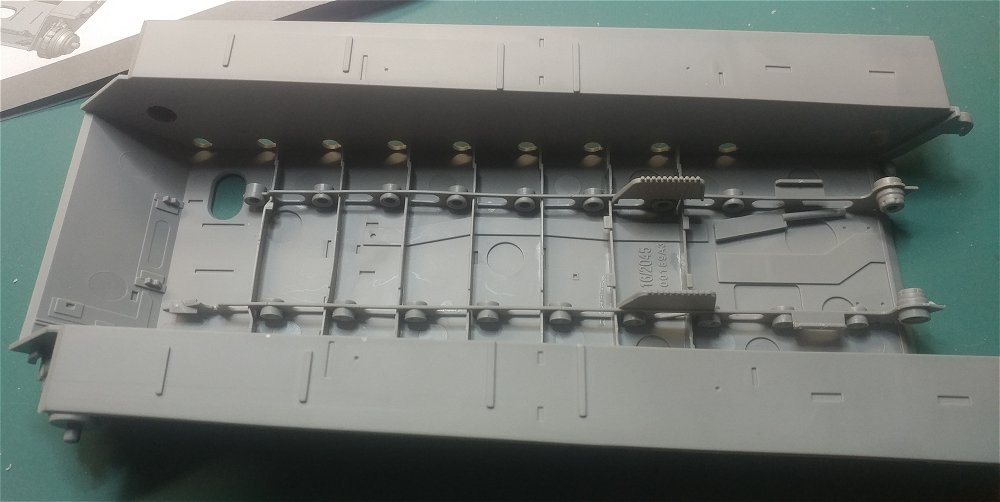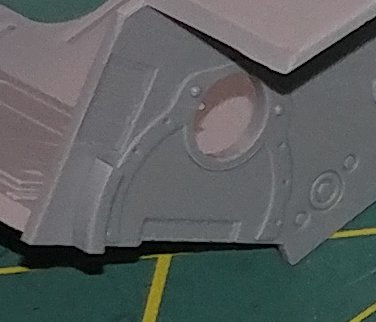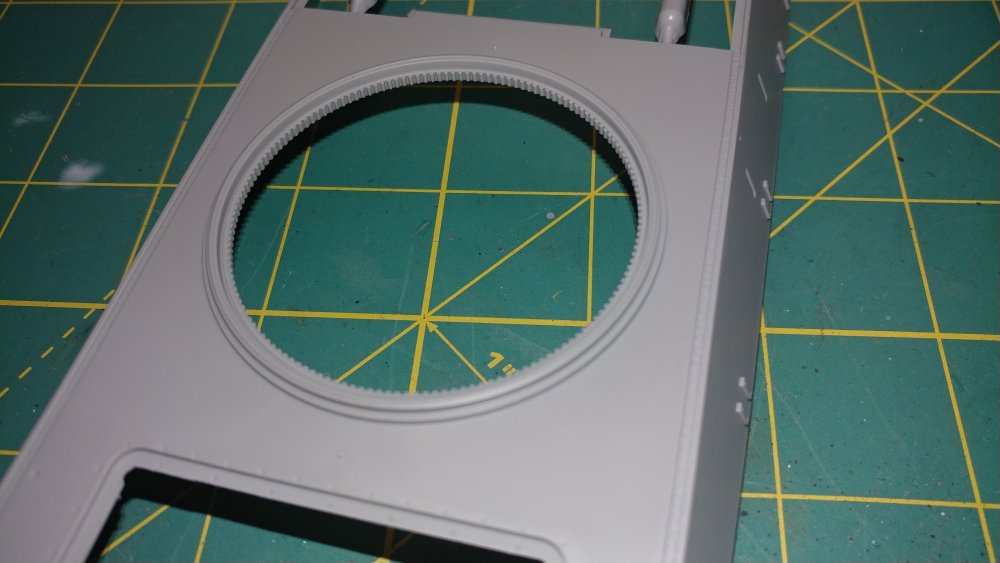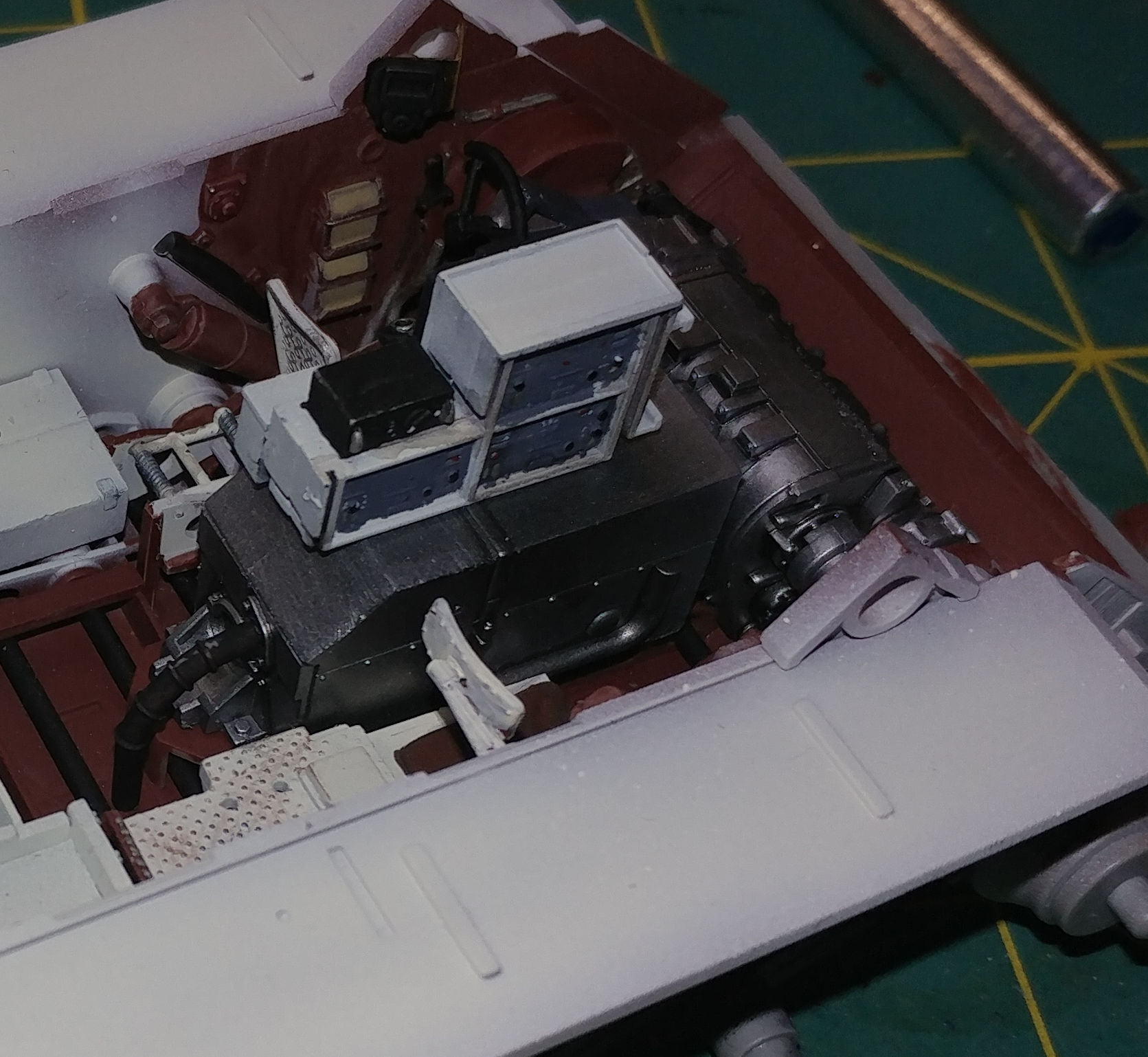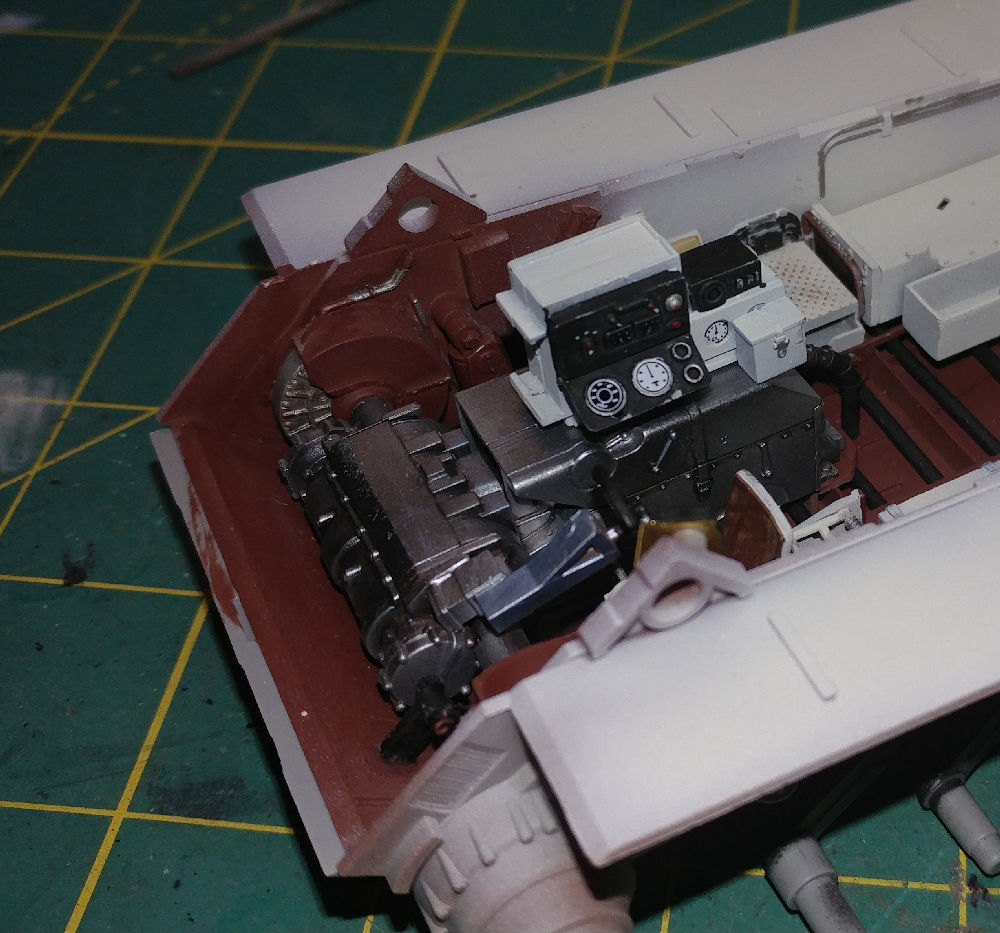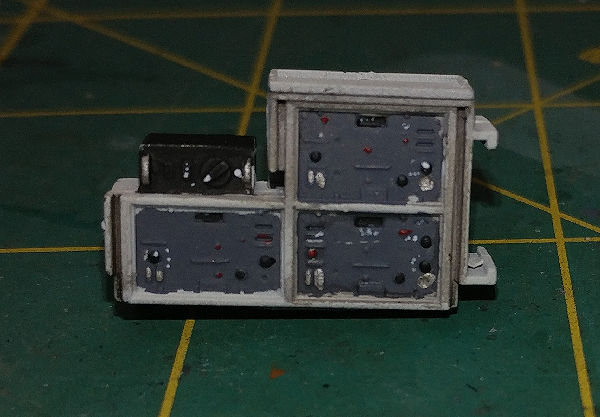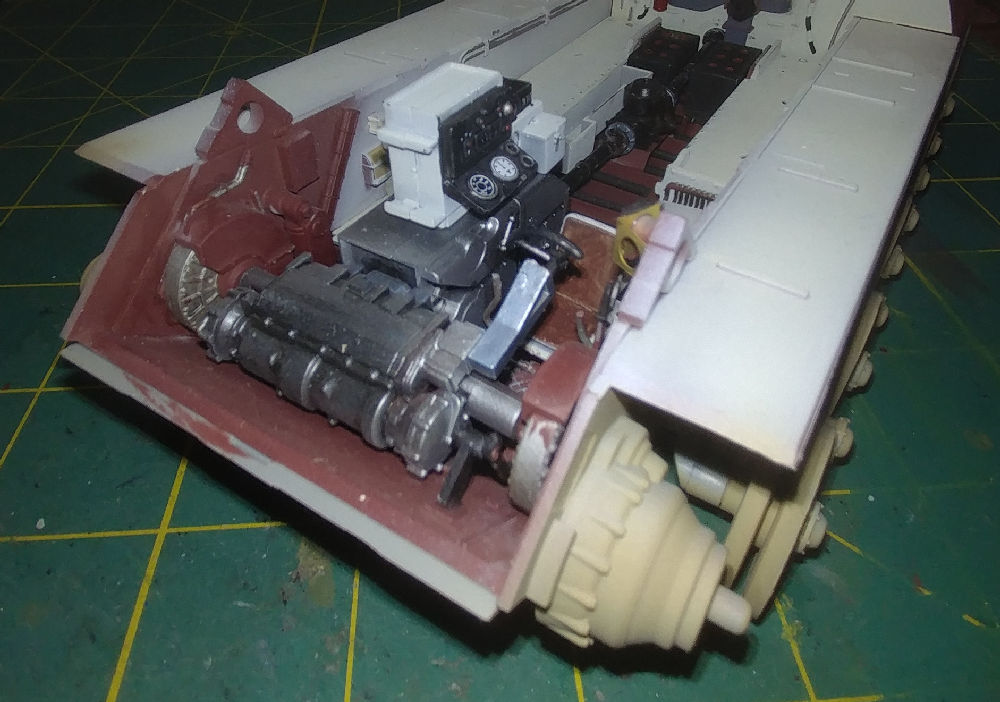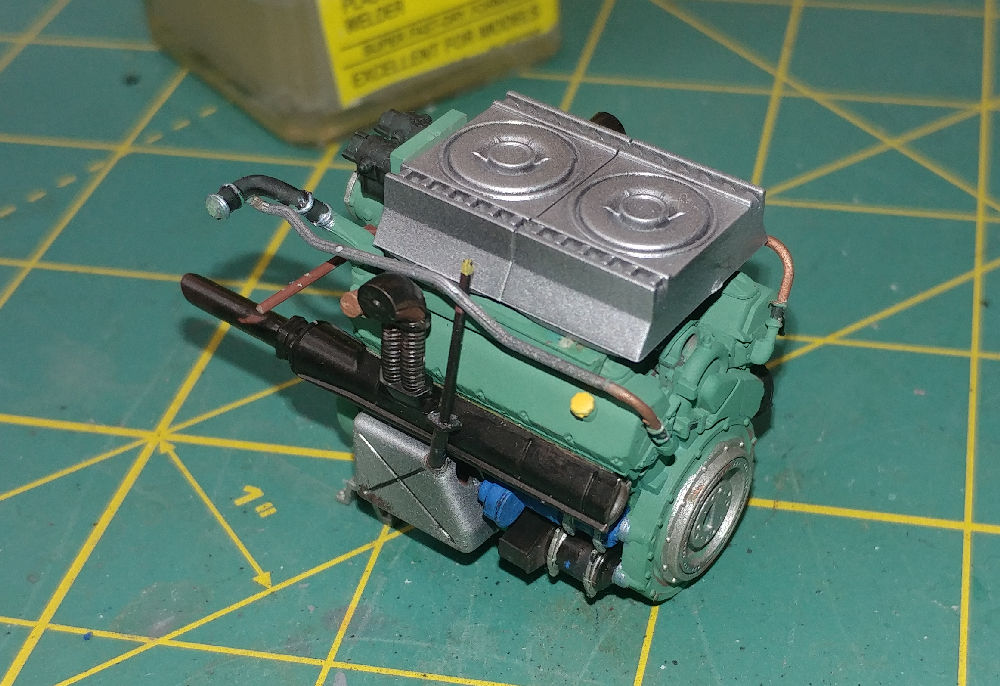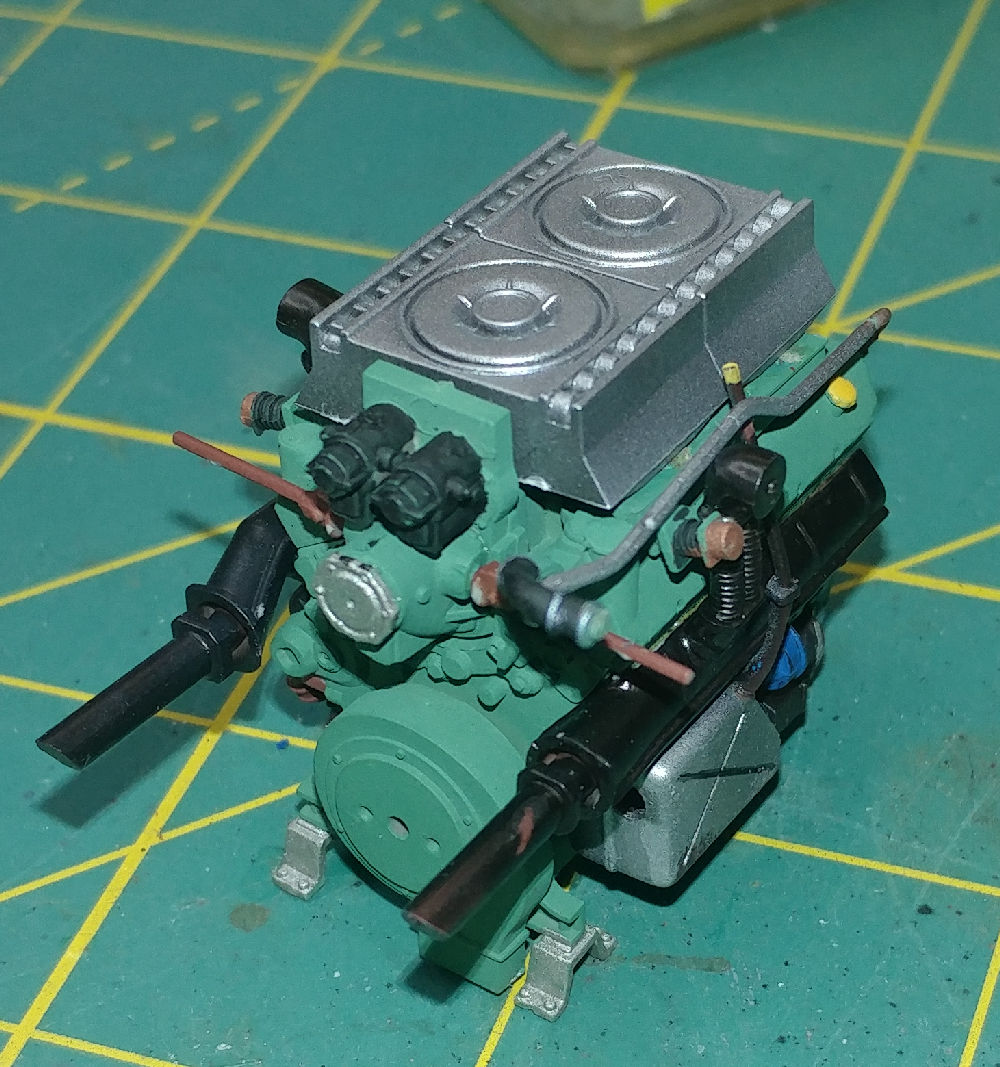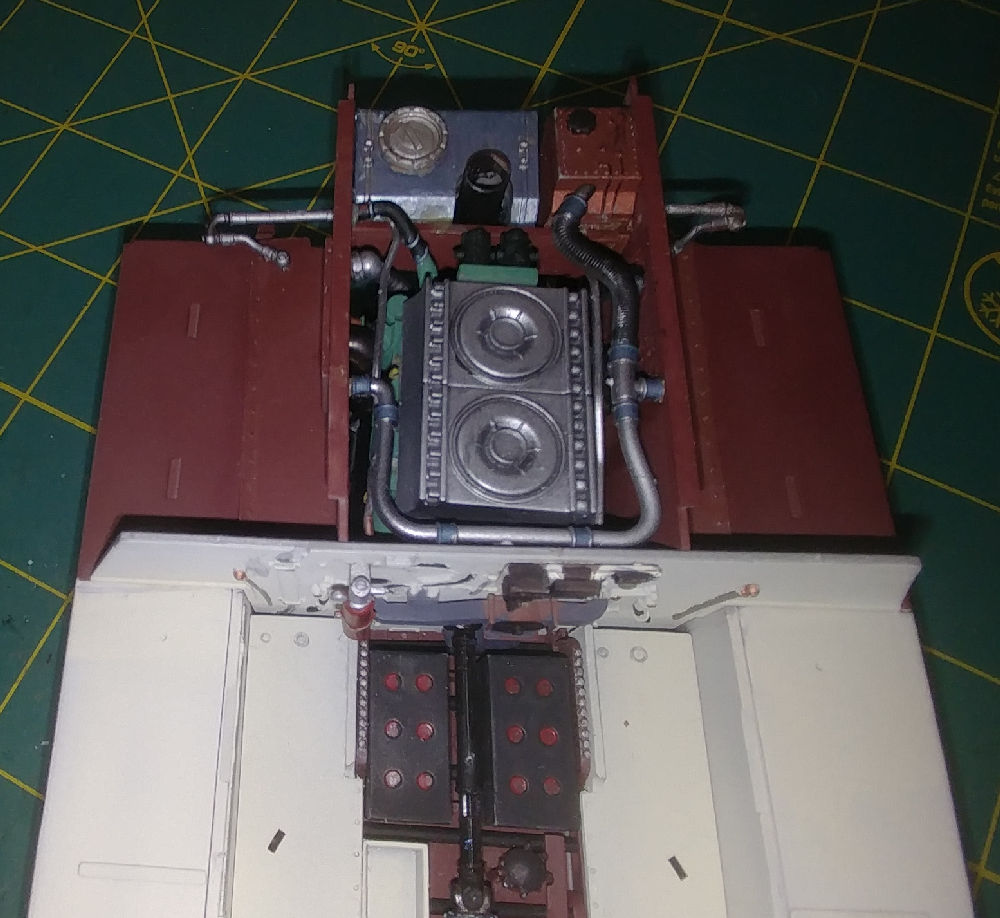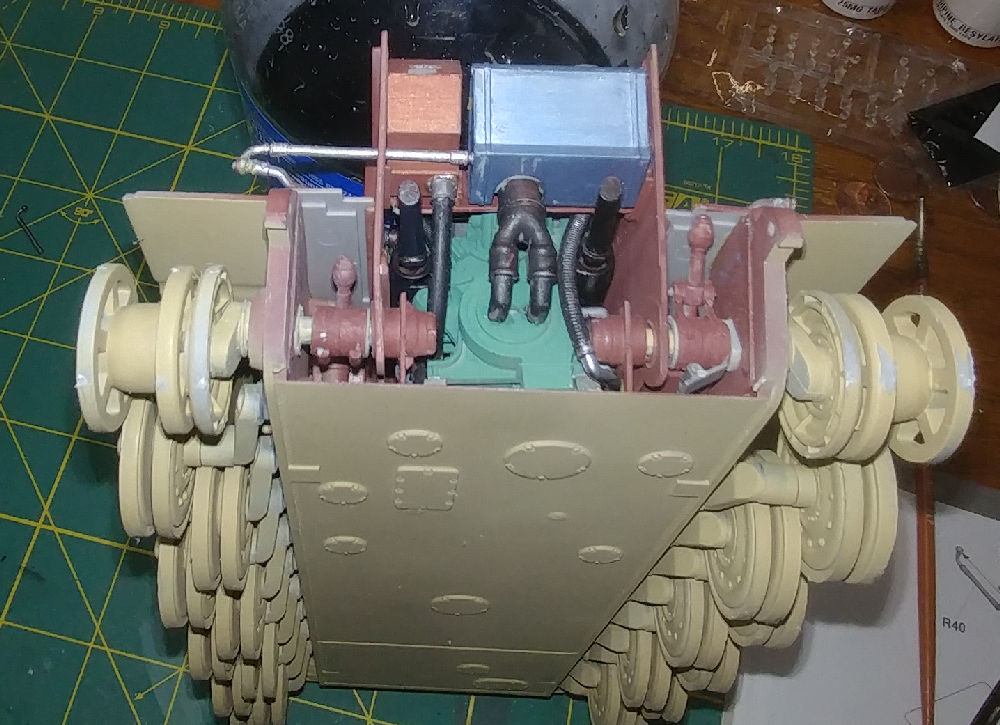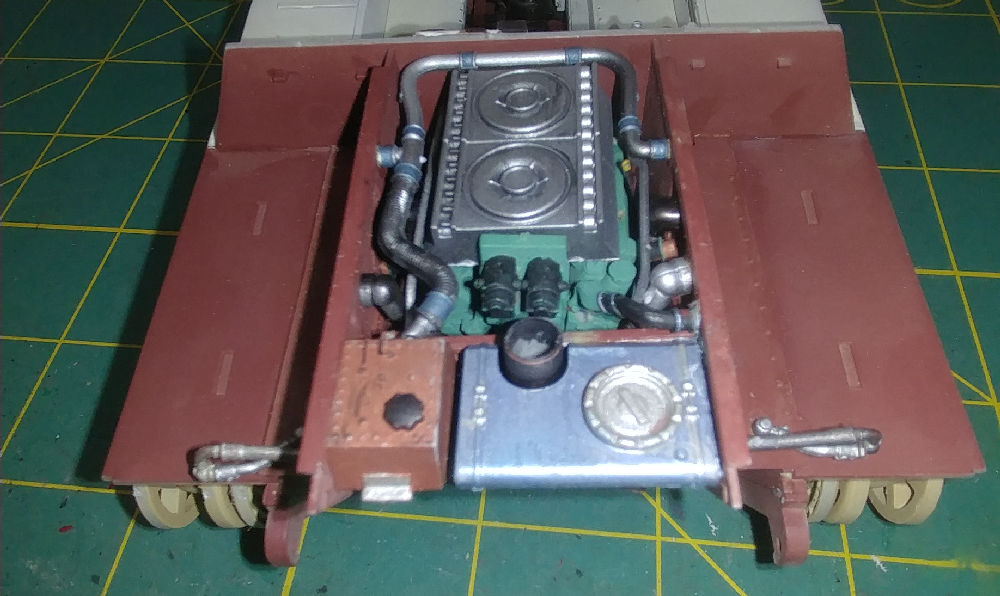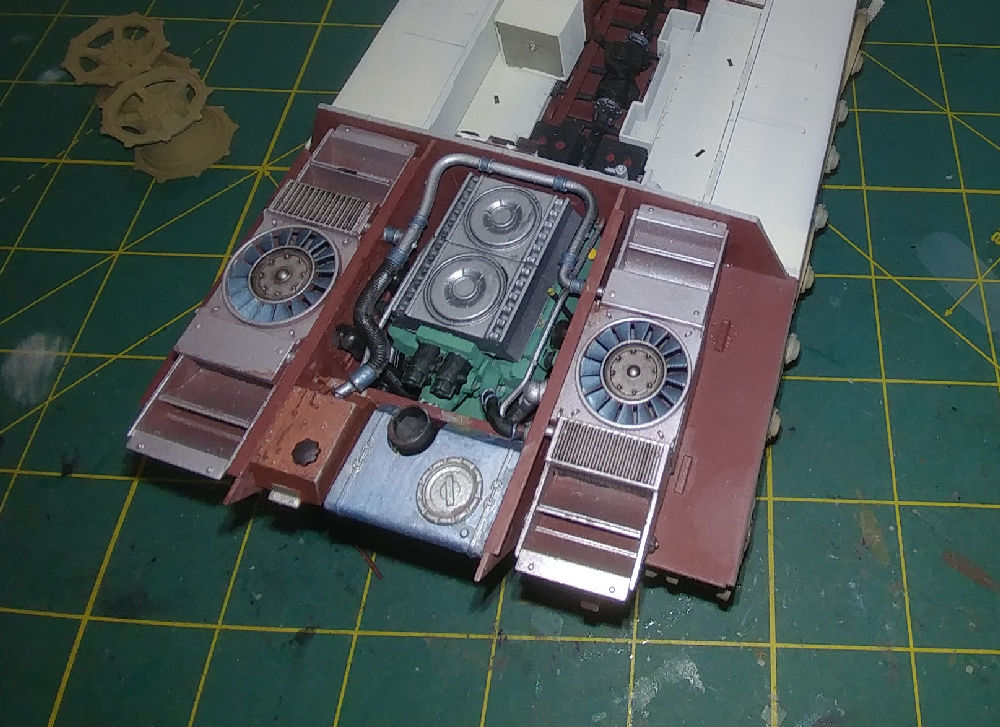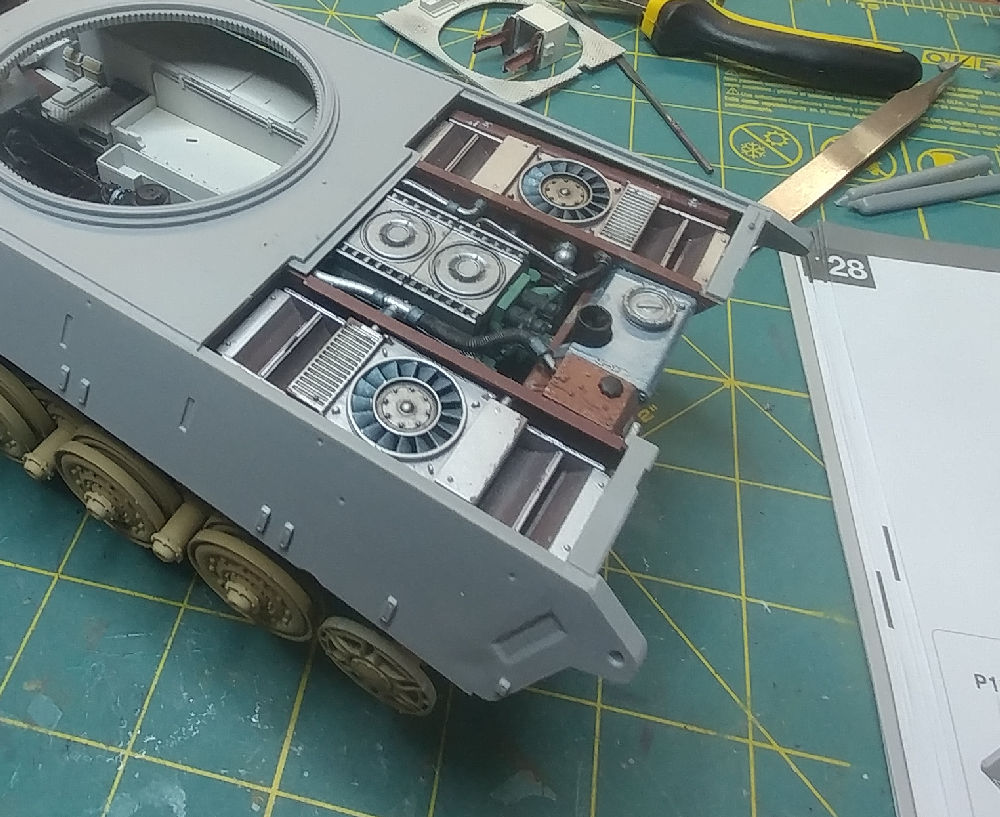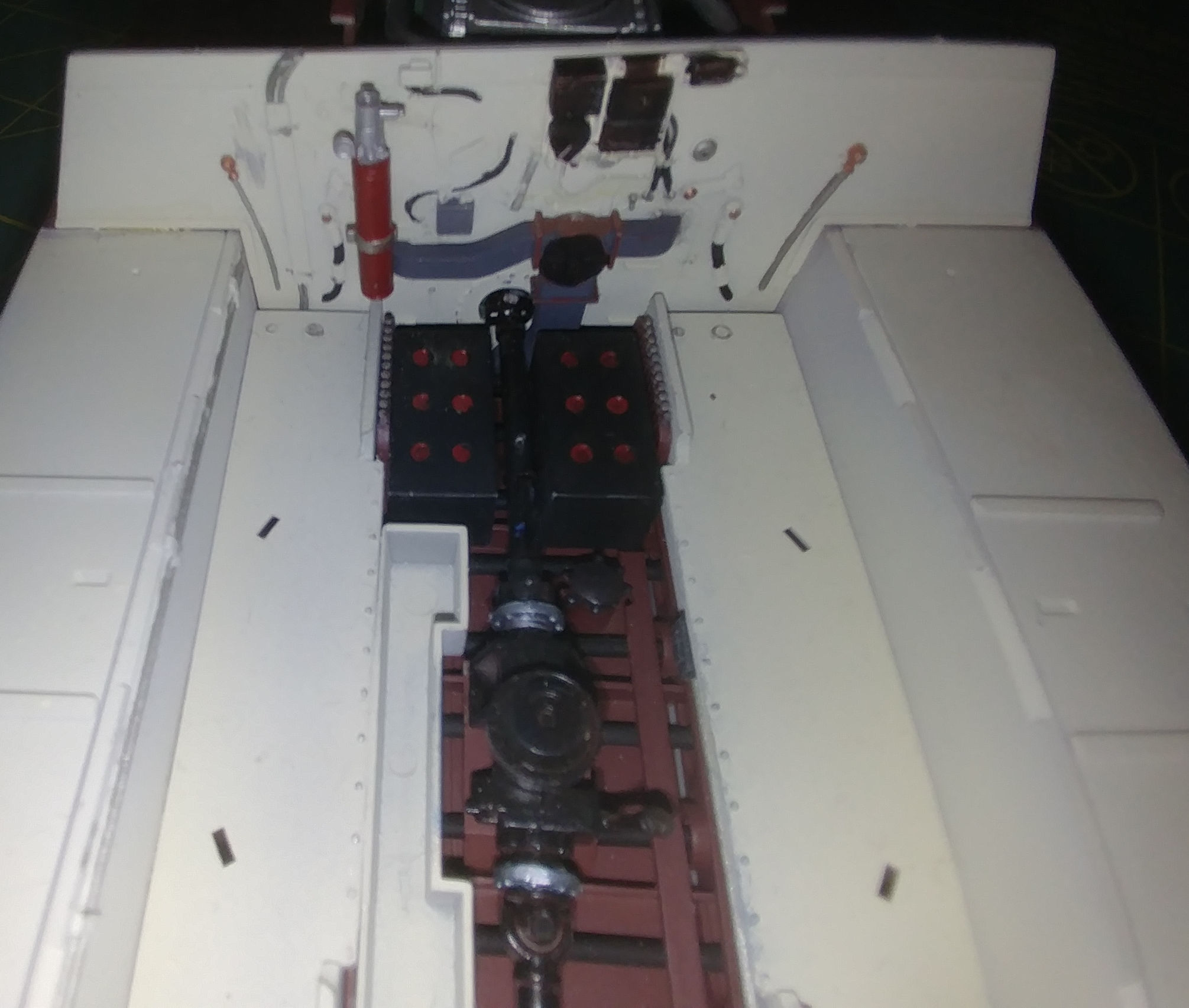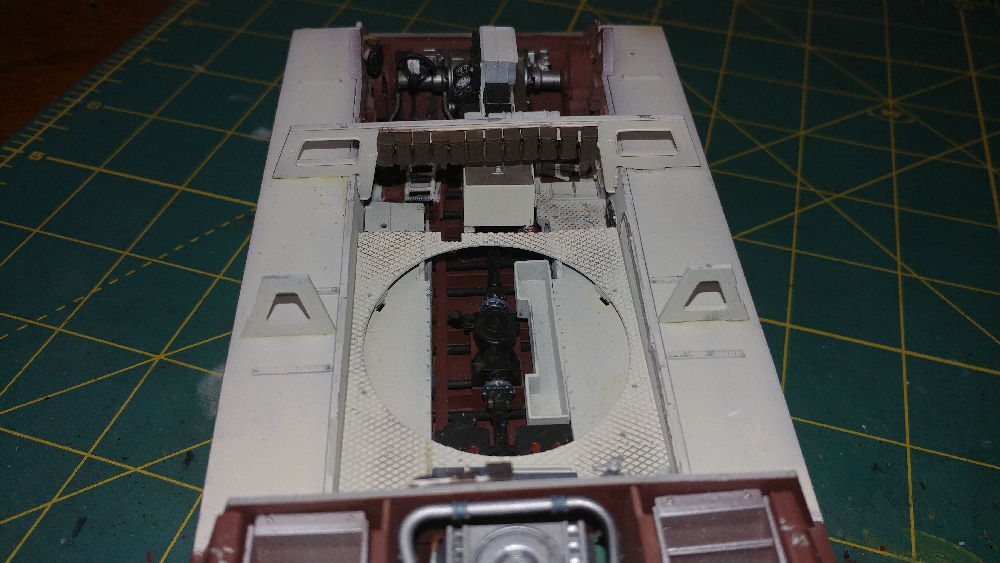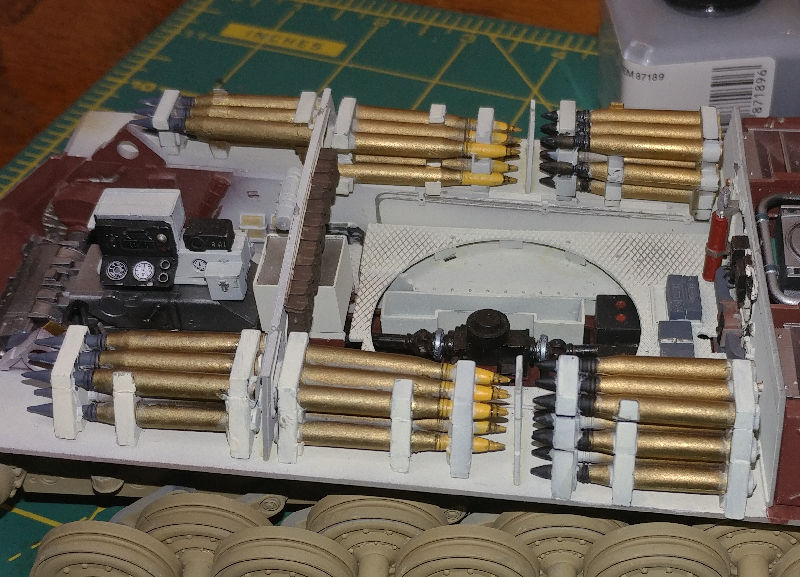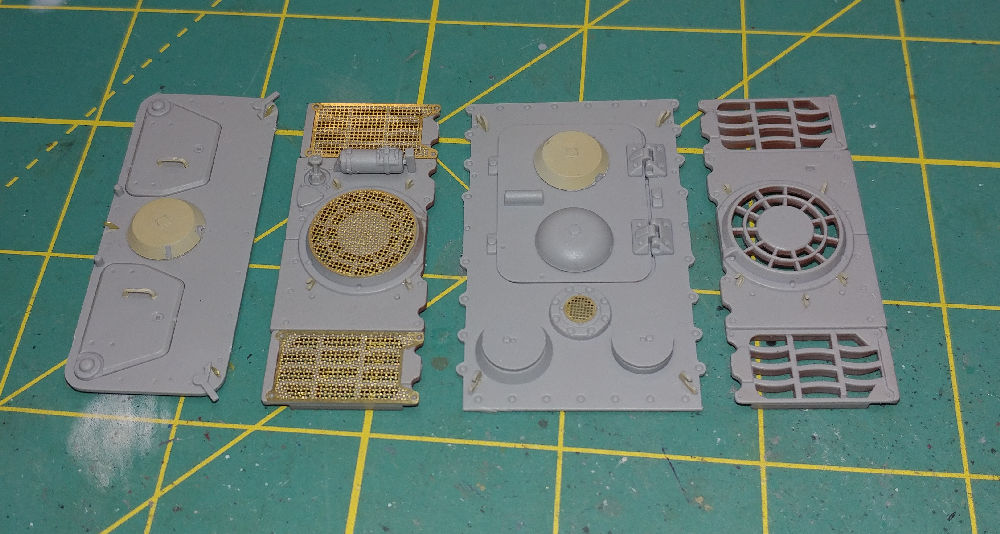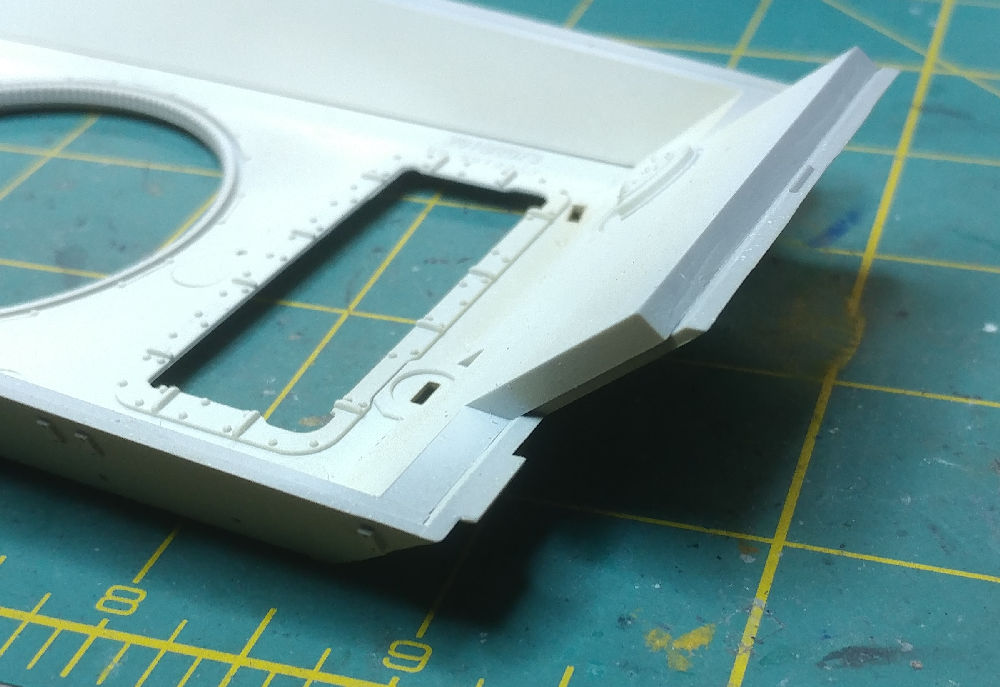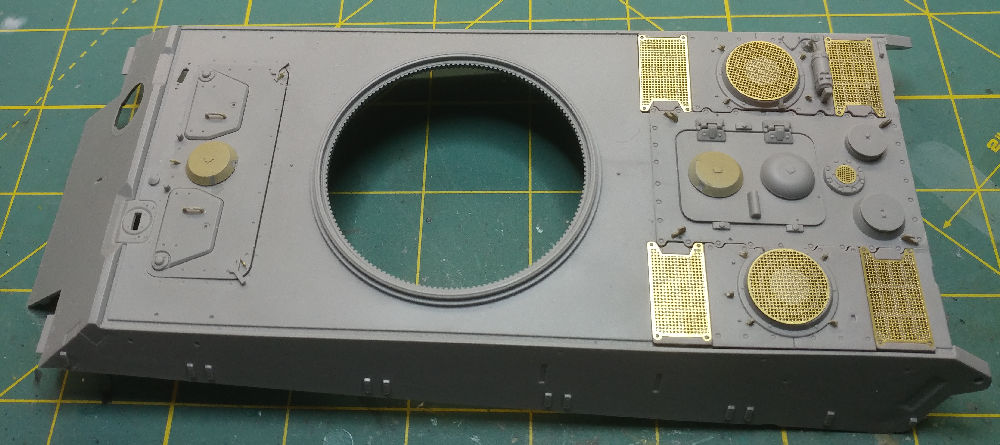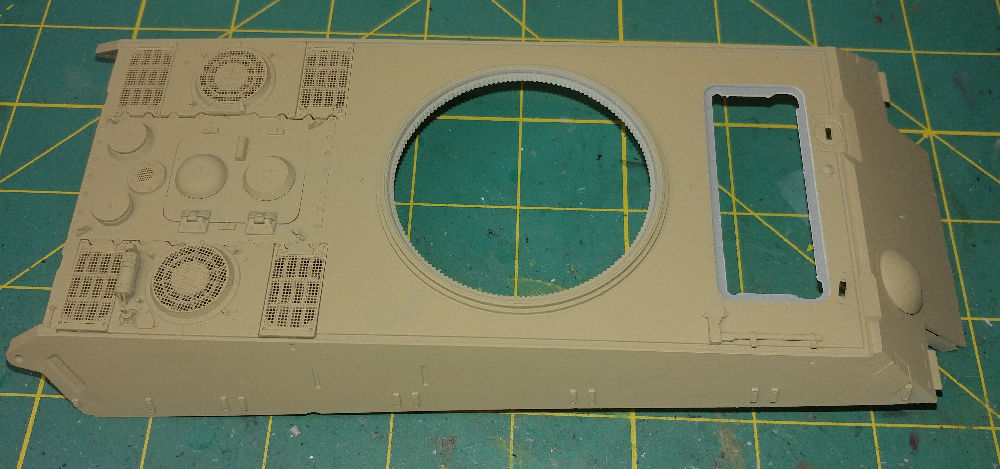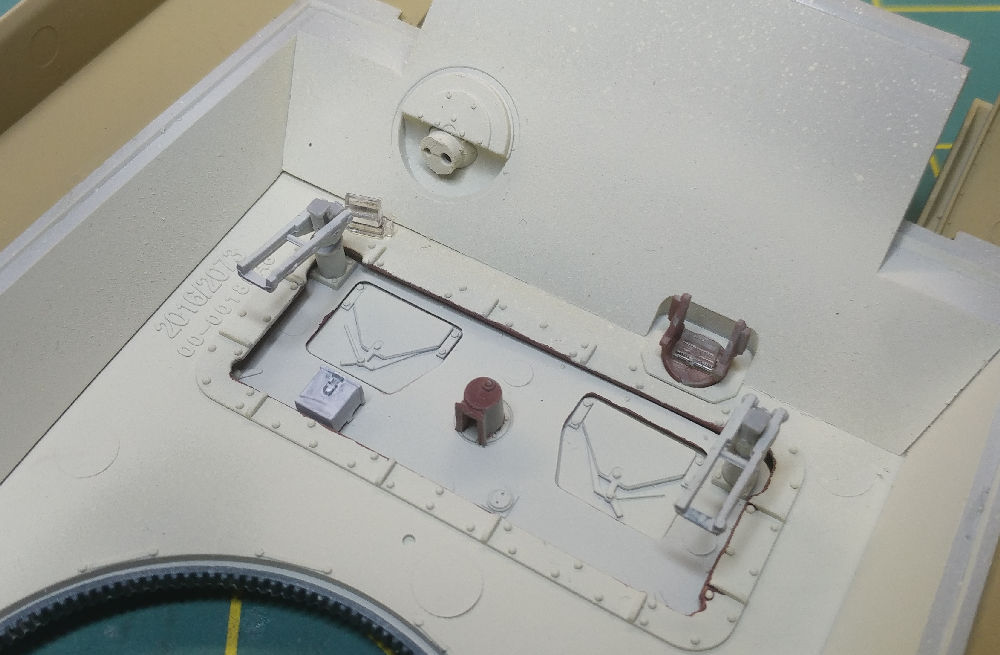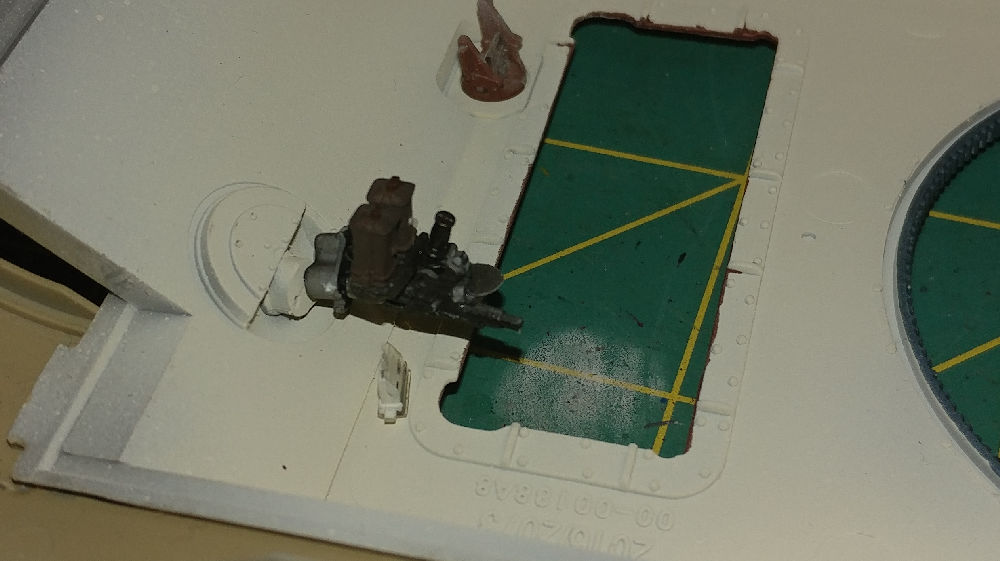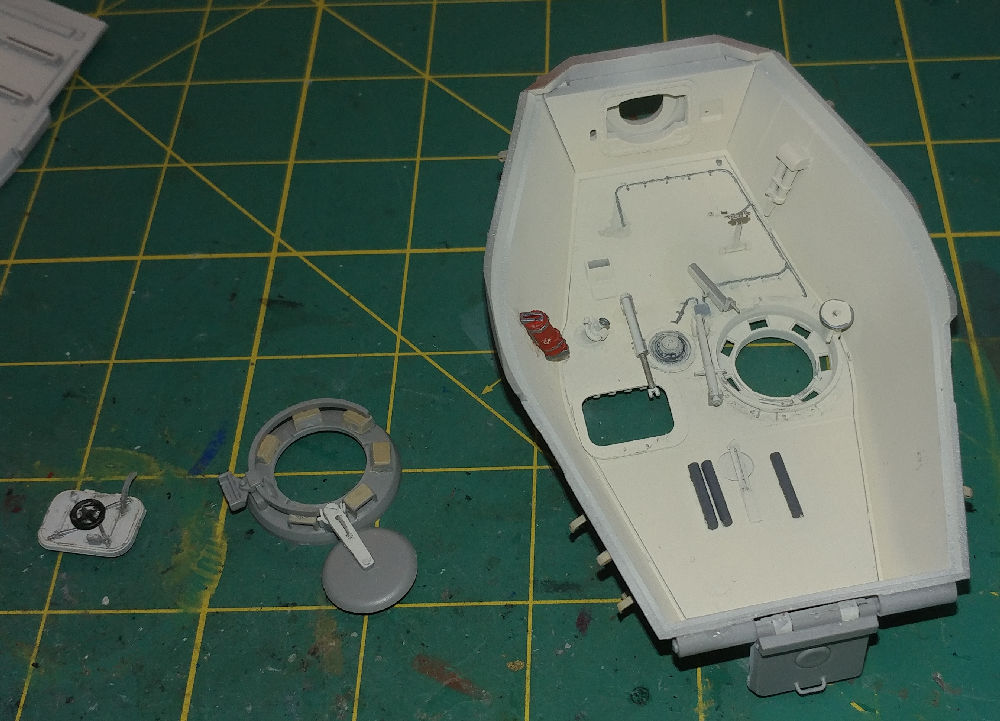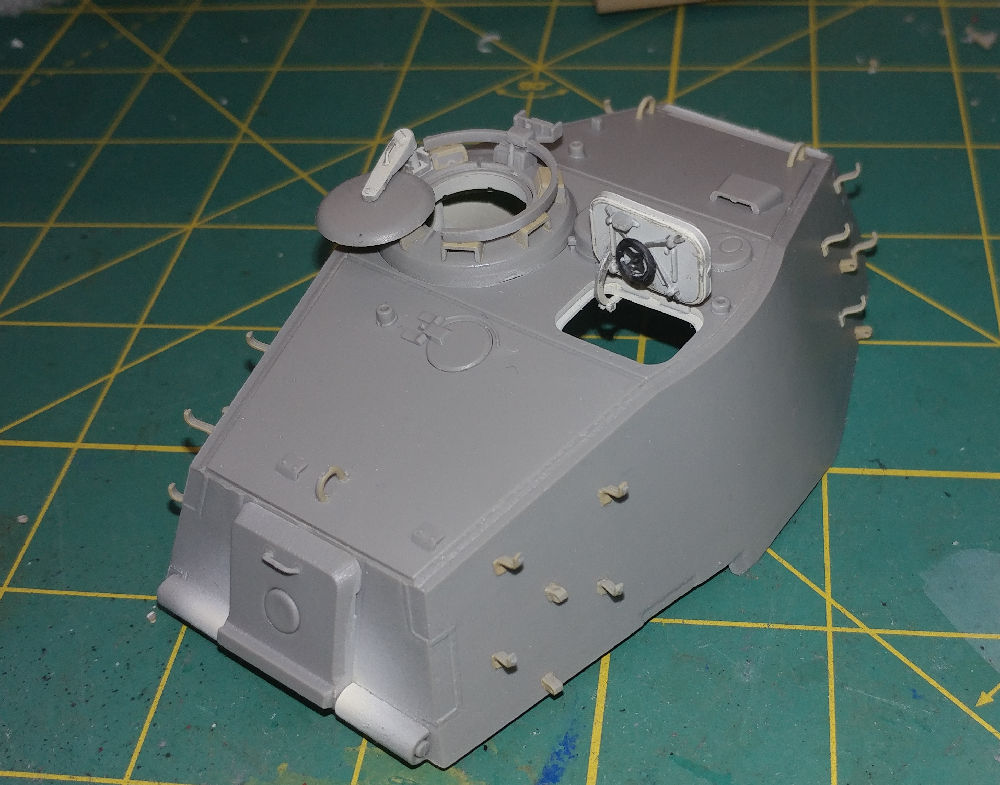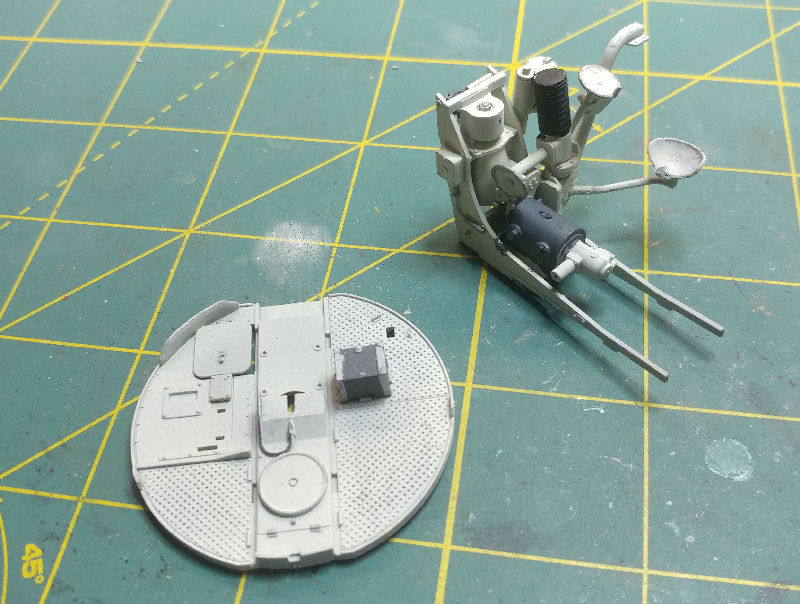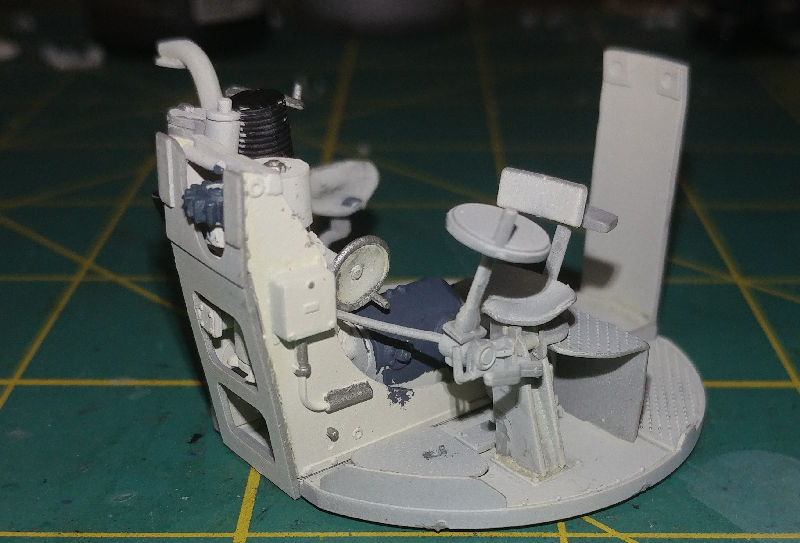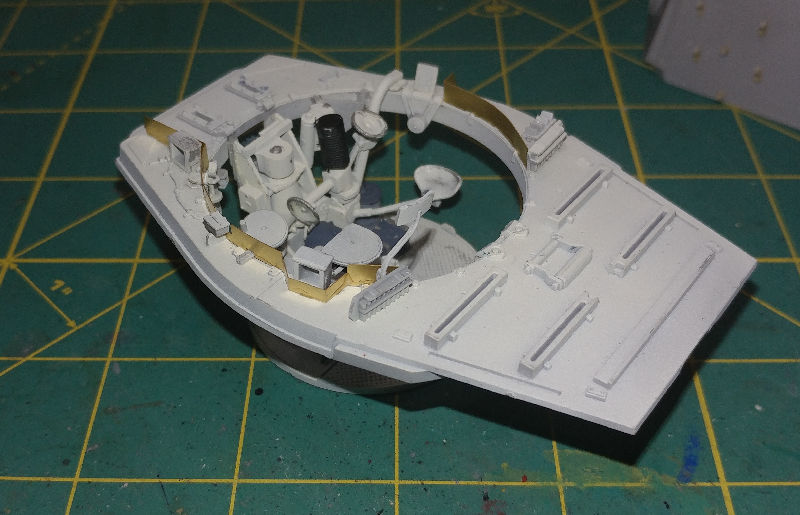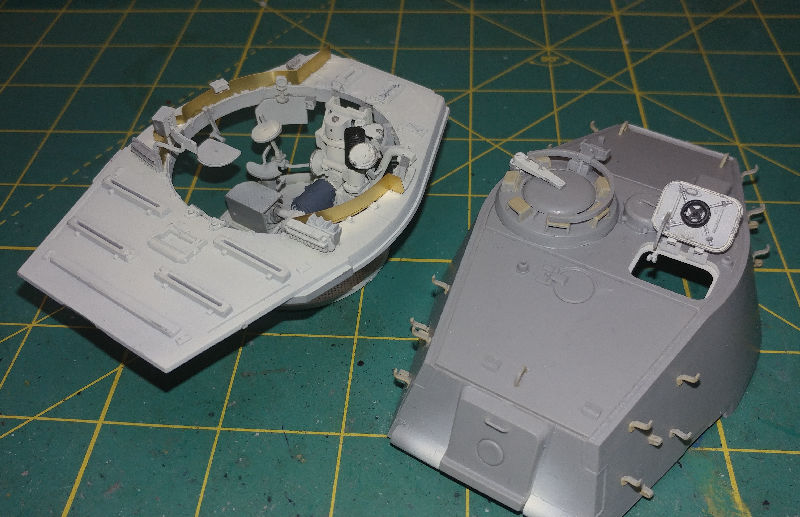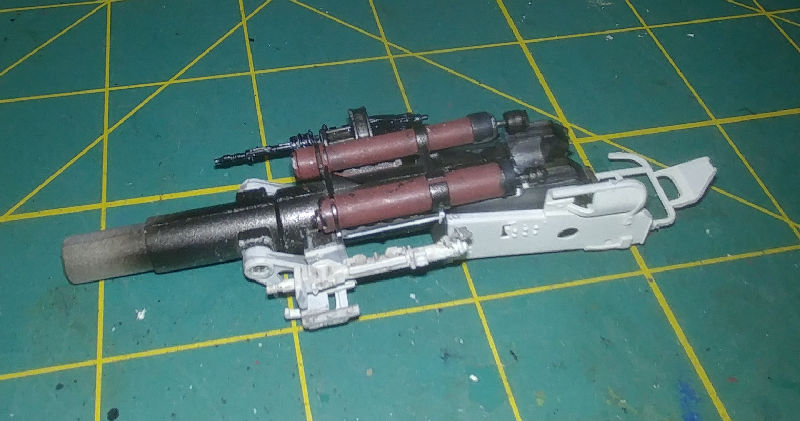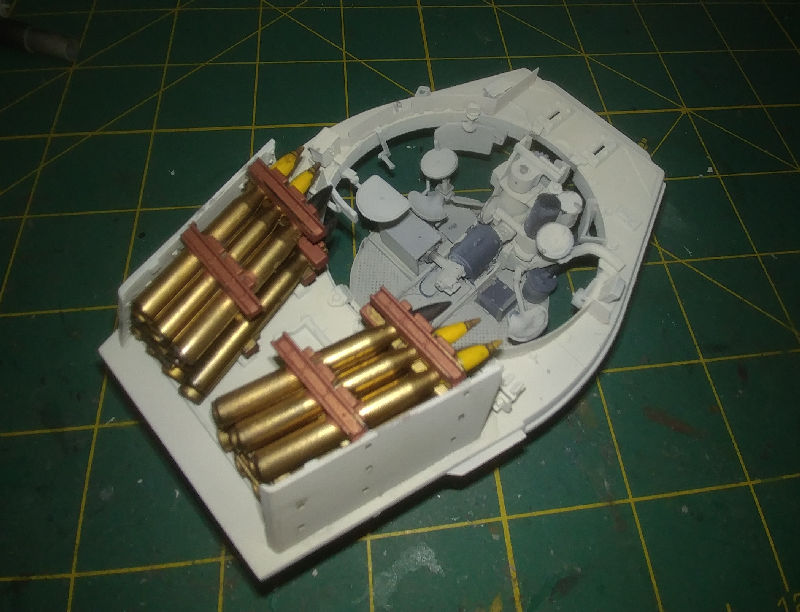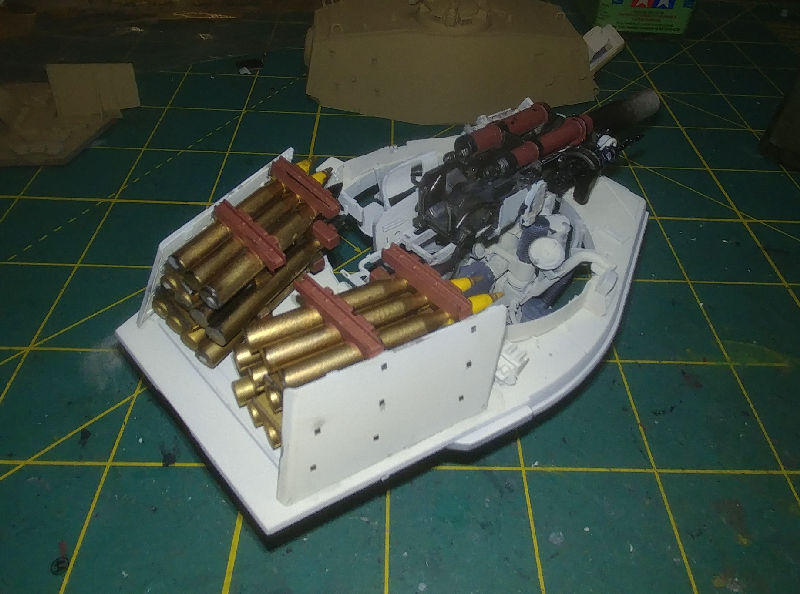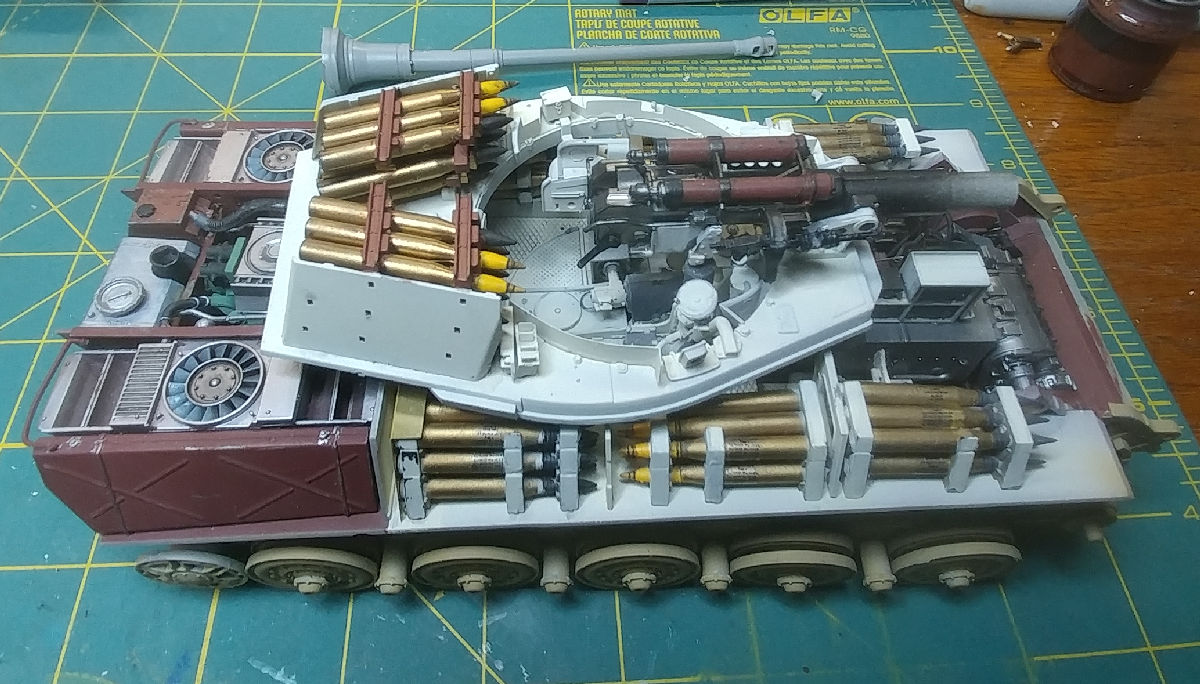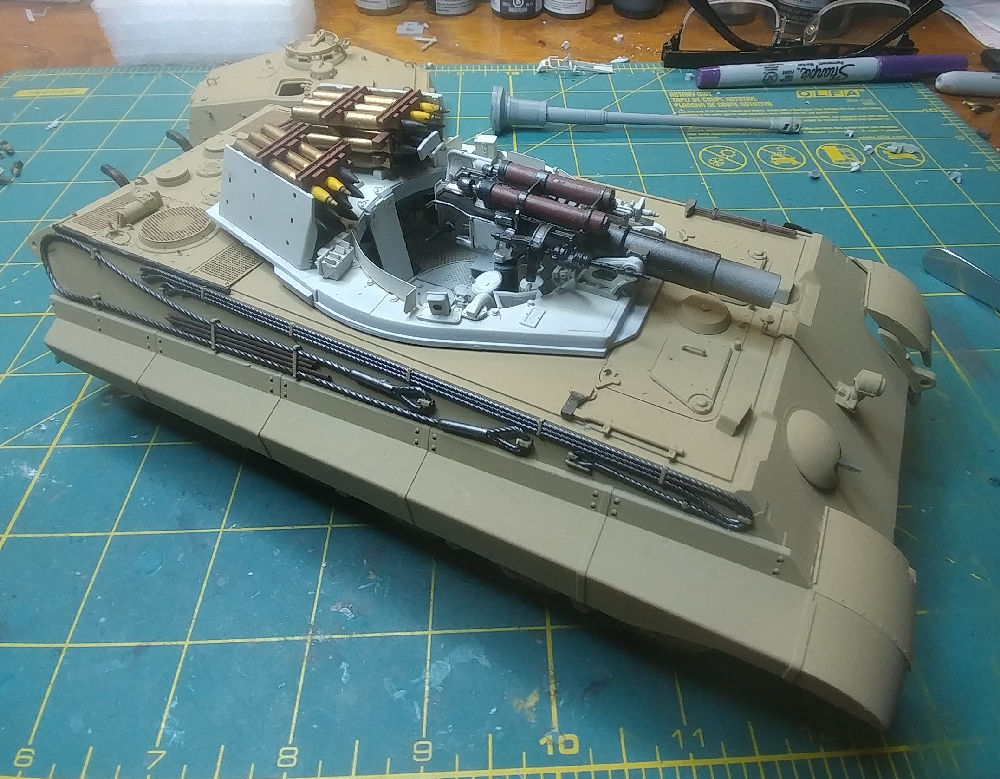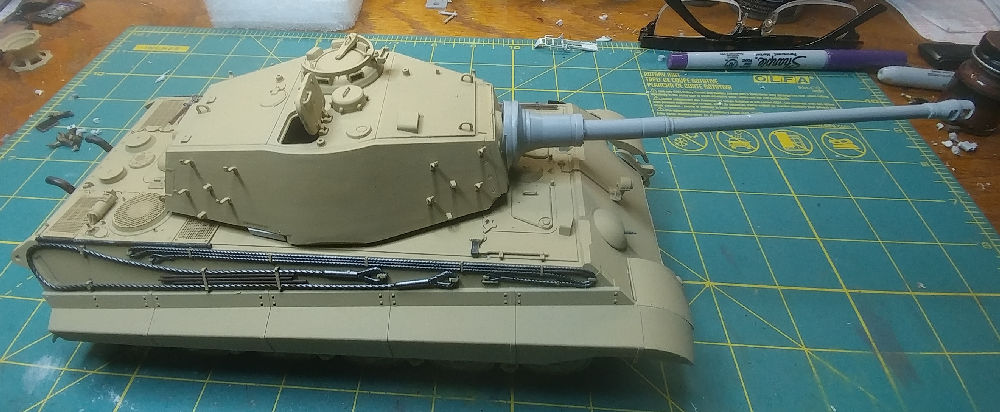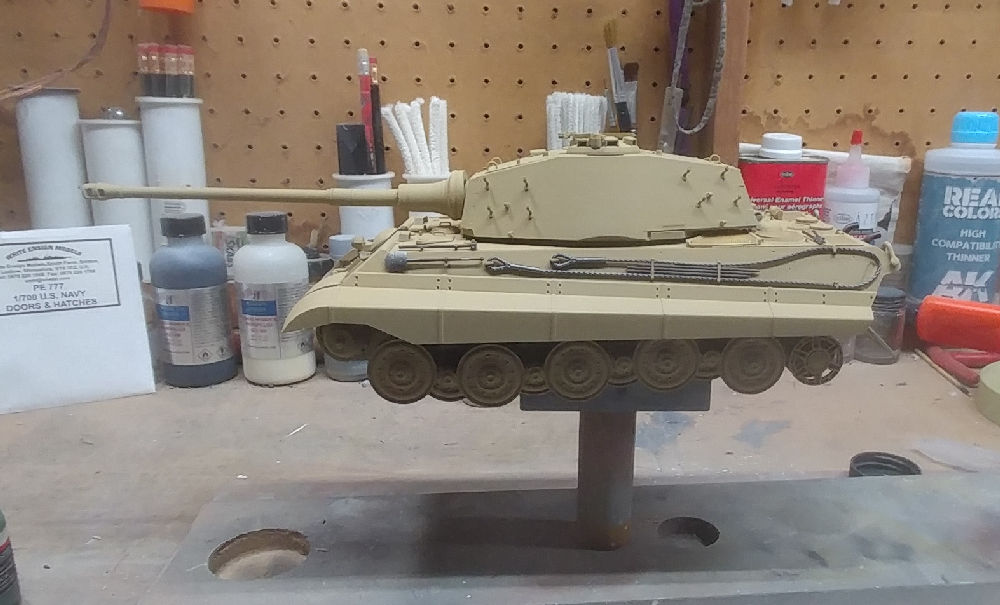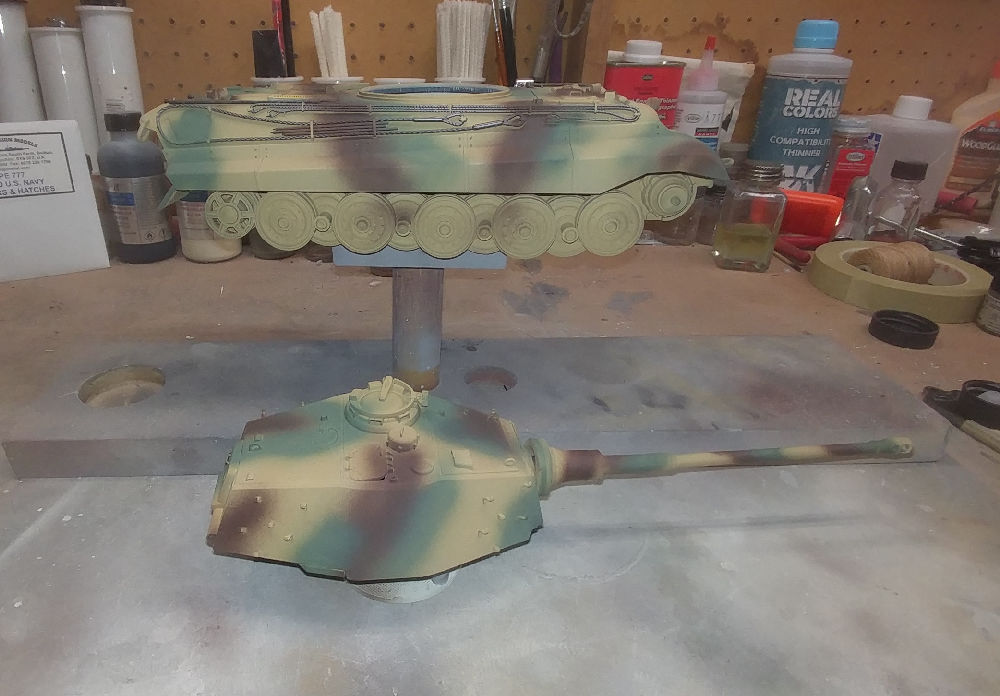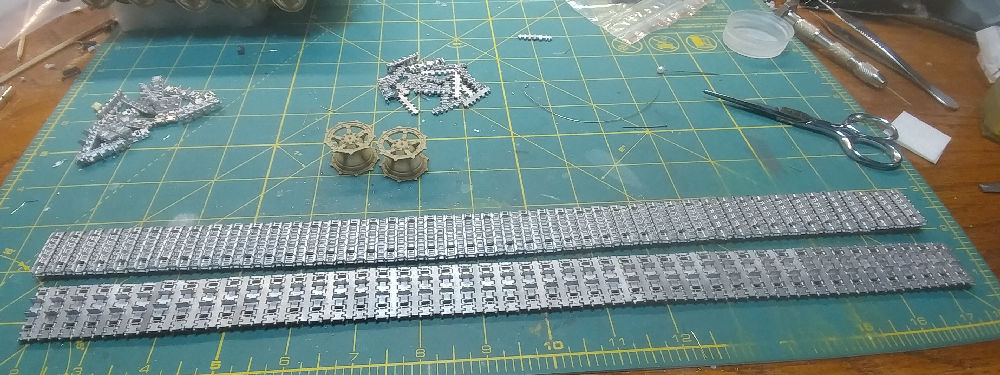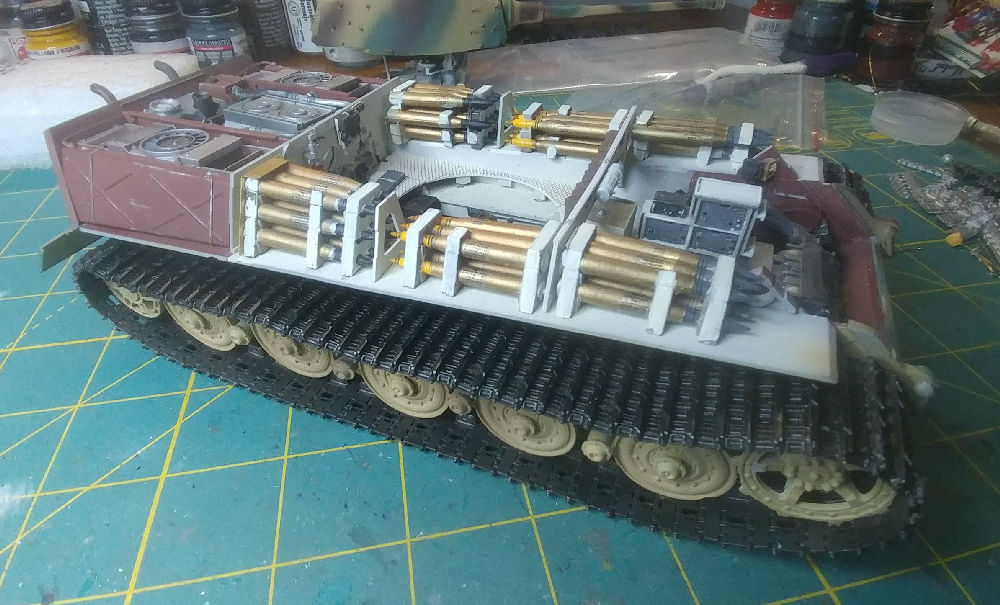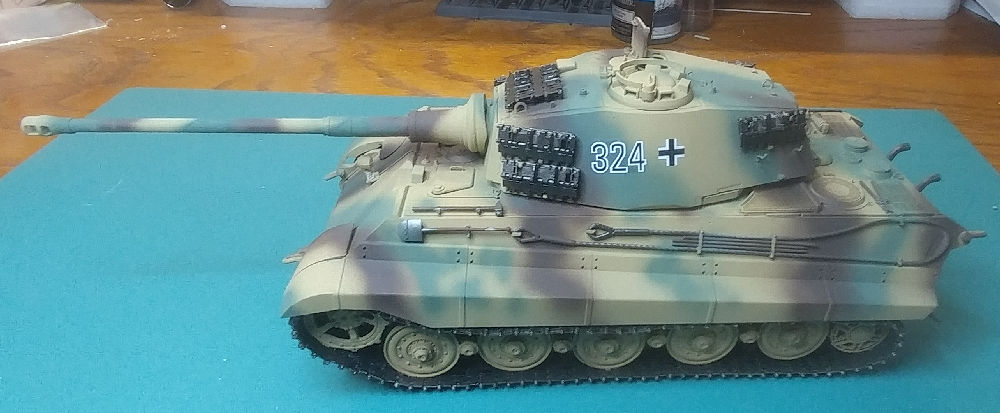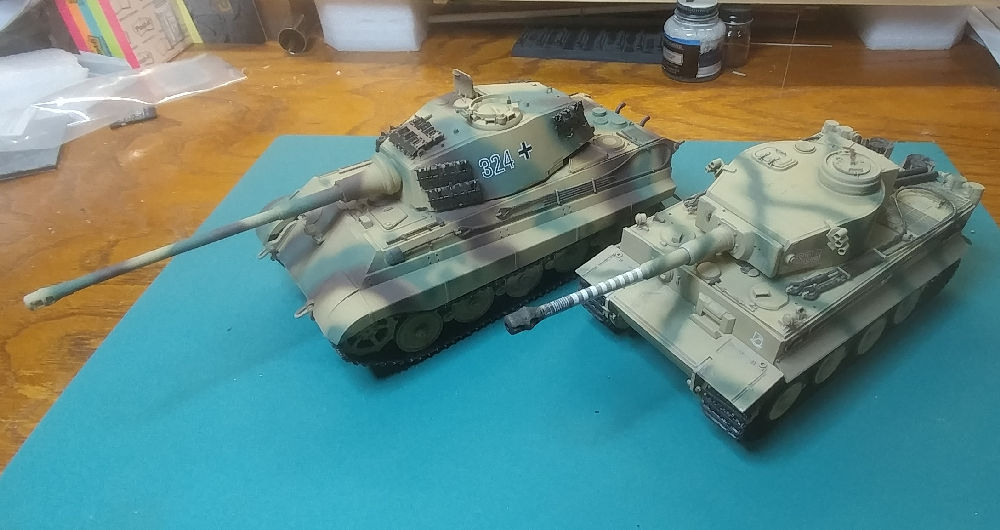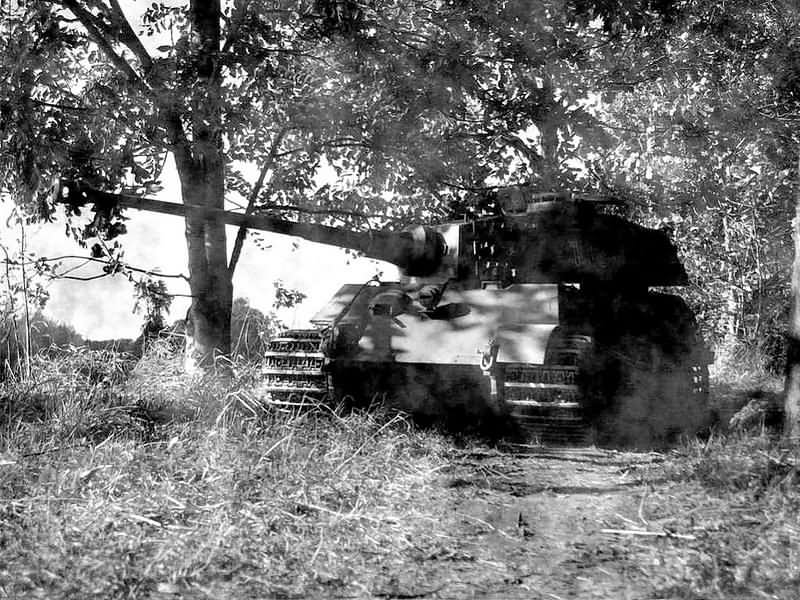 | ||
 |
Panzerkampfwagen VI Aufs. B Tiger II
Sd.Kfz.182 Henschel Turret |
 |
| The successor to the Tiger I, The Tiger Aufs. B commonly known as the King Tiger combined the thick armour of the Tiger I with the armour sloping used on the Panther medium tank. Weighing in at almost 70 tons, it was protected by 100 to 185 mm (3.9 to 7.3 in) of armour to the front. It was armed with the long barrelled 8.8 cm KwK 43 L/71 anti-tank cannon.
unreliable at first, due to leaking seals and gaskets, and a drive train originally designed for a lighter vehicle. The steering gear was initially particularly prone to failure. Minimal training and maintenance further compounded the issue c King Tigers first saw action against the British in July 1944 during the Normandy campaign. Two were lost in combat, while the company commander's tank Fell into a bomb crater and was unrecoverable. It's first appearance on the Eastern front came in Mid August in an attack on the Soviet bridgehead over the Vistula River |
|
||||||||||||||||||
|
This kit has been an interesting project, at times frustrating and other times fascinating. It really gave me insight as to what was involved in building one of these behemouths from the chassis up and down to some of the most minute details.
As I've been building this, I find myself curious as to what some of the parts were and their placement.
I found this restoration site to be great assistance
|
Products used in construction
|
